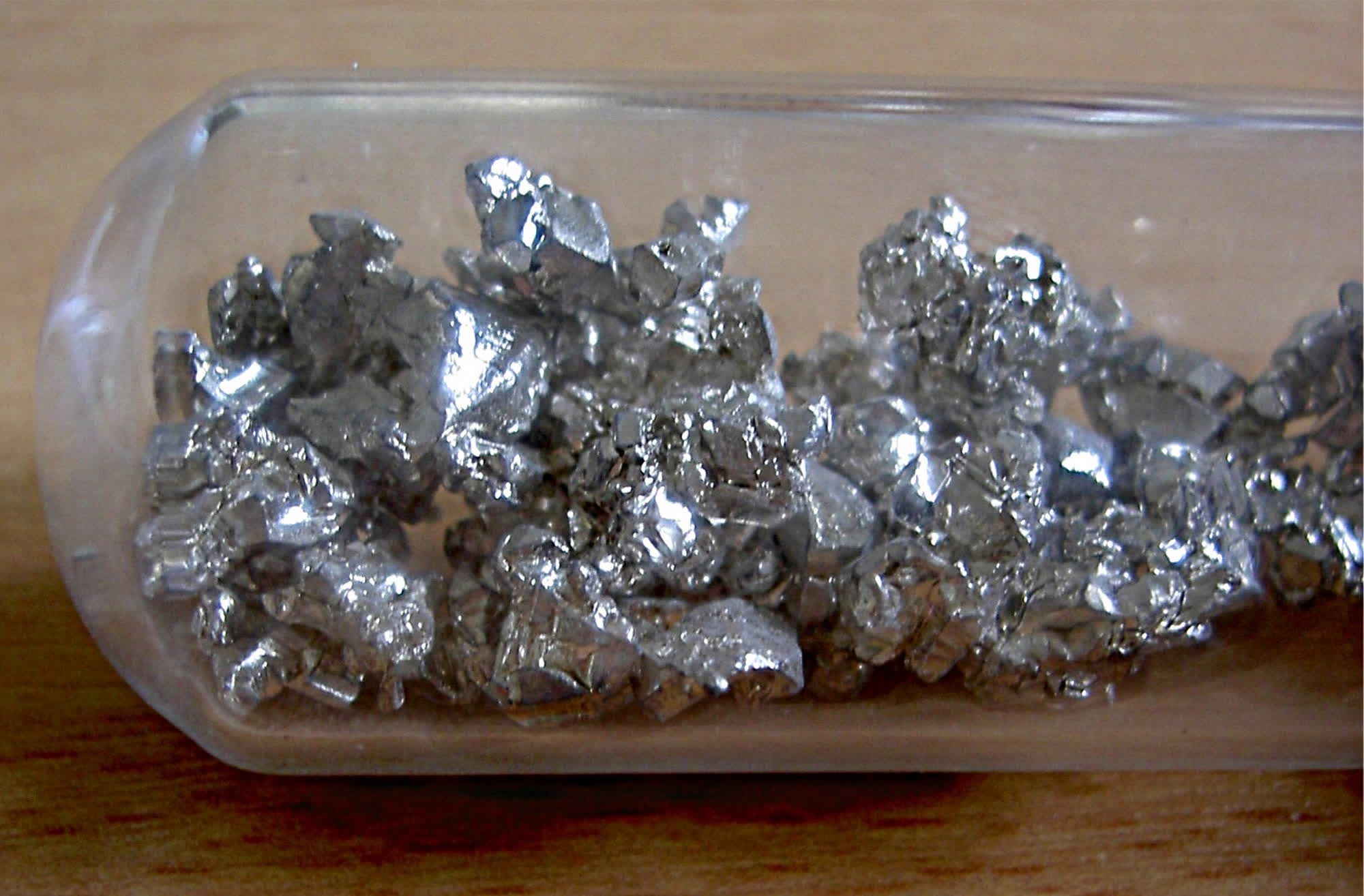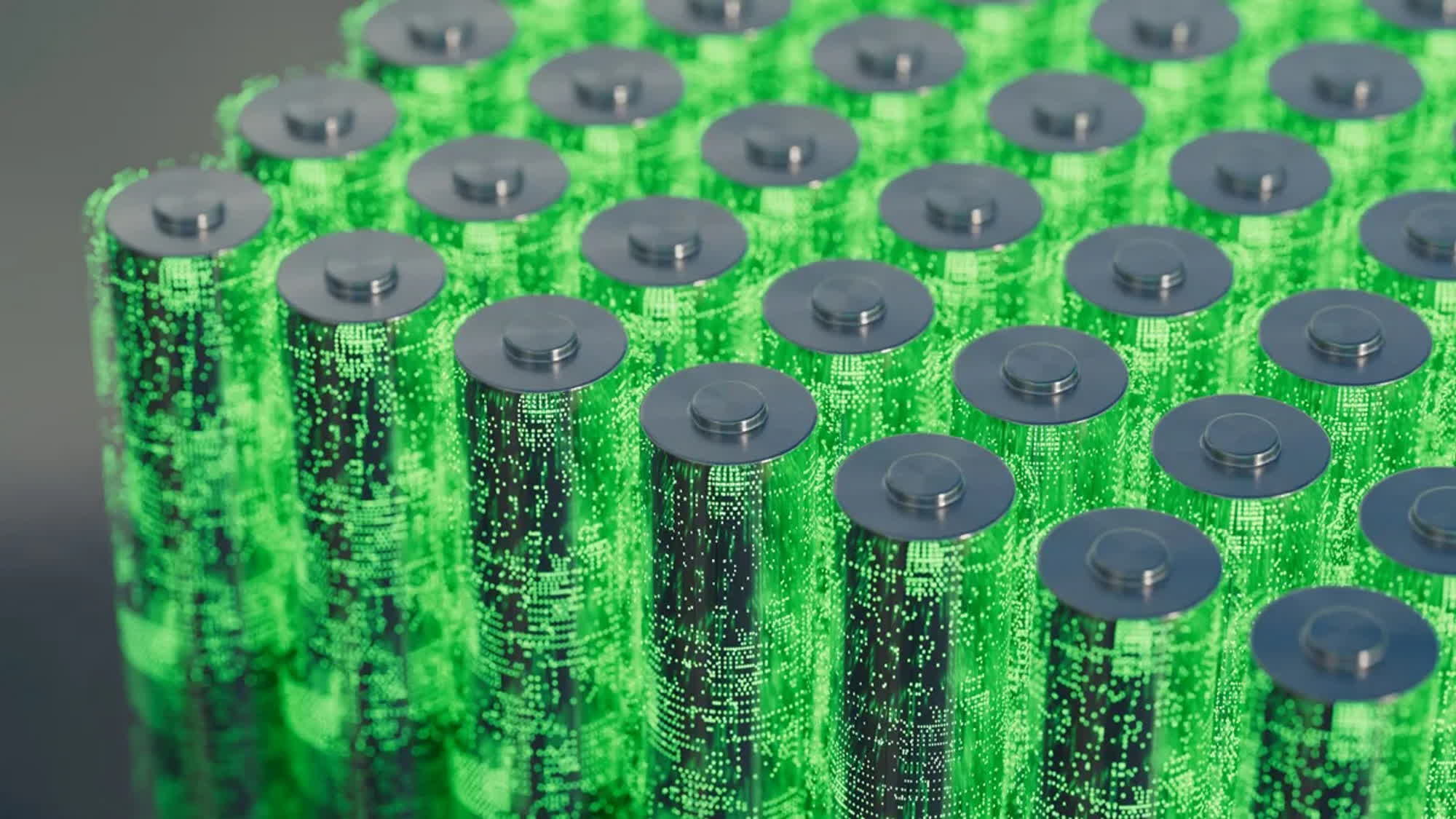Forward-looking: Despite being a relatively rare element, lithium is still the king of materials when it comes to rechargeable battery technology. Calcium is 2,500 times more abundant than lithium, but it has so far been difficult to use in batteries that can work at room temperatures.
A team of Chinese researchers is proposing a novel design for calcium-oxygen (Ca-O2) batteries with higher efficiency, a technology that could one day replace lithium-ion batteries, bringing significant improvements for the environment. The technology isn't there yet, but the innovative solution conceived by the team can still be improved with further research efforts.
Calcium-oxygen batteries can theoretically provide high energy capacity, the study published in Nature says, but a rechargeable Ca-O2 battery that can operate at room temperature has not been achieved so far. The complex chemistry taking place between the two elements isn't stable enough, and the researchers had to find a new electrolyte to promote a more efficient energy charge-discharge cycle.
The team created a liquid-based electrolyte that could work with the two elements, accommodating both a "highly reductive Ca metal anode" and dioxygen (O2). The new battery relies on a highly reversible two-electron redox (a chemical reaction where the oxidation states of a reactant change), the researchers explain, which is able to form chemically reactive calcium peroxide (CaO2) as the discharge product.

After discovering a working CaO2-based chemical reaction, the team tried to adapt the new battery design to wearable electronics applications. The technology is stable in air even when bent from 0 to 180 degrees, and can be turned into flexible fibers. By using a commercial braiding machine, the researchers wove their technology into flexible battery textiles.
The new calcium-oxygen battery design could be used for next-generation wearable systems, the Chinese team says, providing a more sustainable alternative to lithium-based designs. Calcium batteries are expected to be cheaper and safer than li-ion batteries, while providing a "comparable" energy capacity at the same time.
However, the rechargeable calcium-oxygen battery is still in the proof-of-concept stage, and according to battery researcher Alexandre Ponrouch, it could be decades away from potential widespread use. These batteries still have a low energy efficiency, which means much more energy is needed to charge them compared to what they can deliver to a device.
